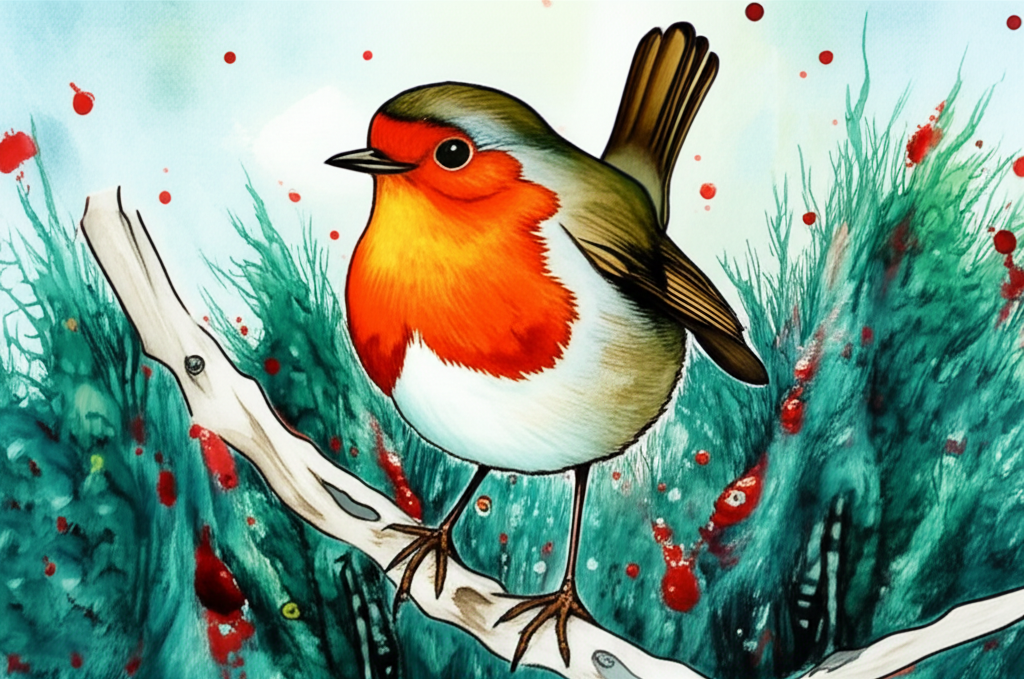
The superstition surrounding robins, specifically the injunction against killing one, is a long-held belief rooted in folklore and cultural reverence for the bird. The European robin, or robin redbreast, known for its sociable nature and comfort around humans, has become a symbol of good fortune and divine protection, with various traditions warning of dire consequences for anyone who harms it.
The historical roots of this superstition are deeply entwined with Christian folklore. One prevalent legend recounts the robin’s attempt to alleviate Jesus’ suffering on the cross. According to this narrative, the robin sang to soothe Jesus and even tried to remove the thorns from his crown, staining its breast feathers with Christ’s blood in the process. Another version of the tale centers around the stable where Jesus was born. As Mary and the infant Jesus slept, a robin noticed the fire that warmed them was dying out. The bird selflessly fanned the flames with its wings, rekindling the fire. Upon waking, Mary rewarded the robin with its distinctive red breast as a symbol of its devotion.
These narratives firmly established the robin’s image as a benevolent and selfless creature, elevating its status in folklore. Reflecting this esteem, the robin was often linked with divine favor and innocence. This reverence is evident in a rhyme from “A Poetical Description of Songbirds,” a collection of poems, songs, and fables for children published in the US in 1773: ‘The robin and the jenny wren, are God Almighty’s little cock and hen.’ Similarly, William Blake’s poem “Auguries of Innocence” reinforces the bird’s sacred status with the powerful lines: ‘A robin redbreast in a cage,/Puts all heaven in a rage.’
The evolution of this superstition has seen the development of specific punishments for killing a robin, varying across different regions. The common thread, however, is the severity of the repercussions. Many believed that causing the death of a robin, even accidentally, would invite misfortune. In some areas, it was said that the hand responsible for taking the robin’s life would forever tremble. Irish folklore held that a large, painful lump would appear on the right hand of anyone guilty of the sin. In Yorkshire, the consequences were thought to affect a farmer’s livelihood, with the milk produced by his cows turning the color of blood if he were responsible for a robin’s death.
In modern interpretations, the superstition against killing a robin persists, although its literal adherence has diminished. The robin, due to its historical and symbolic associations, continues to be regarded with respect and affection. While fear of divine retribution may not be as prevalent, a general sense of unease and a belief in negative consequences still surround the act of harming one. The superstition, therefore, serves as a reminder of the enduring power of folklore and its ability to shape human interaction with the natural world, fostering a sense of responsibility and respect for the creatures that share our environment.